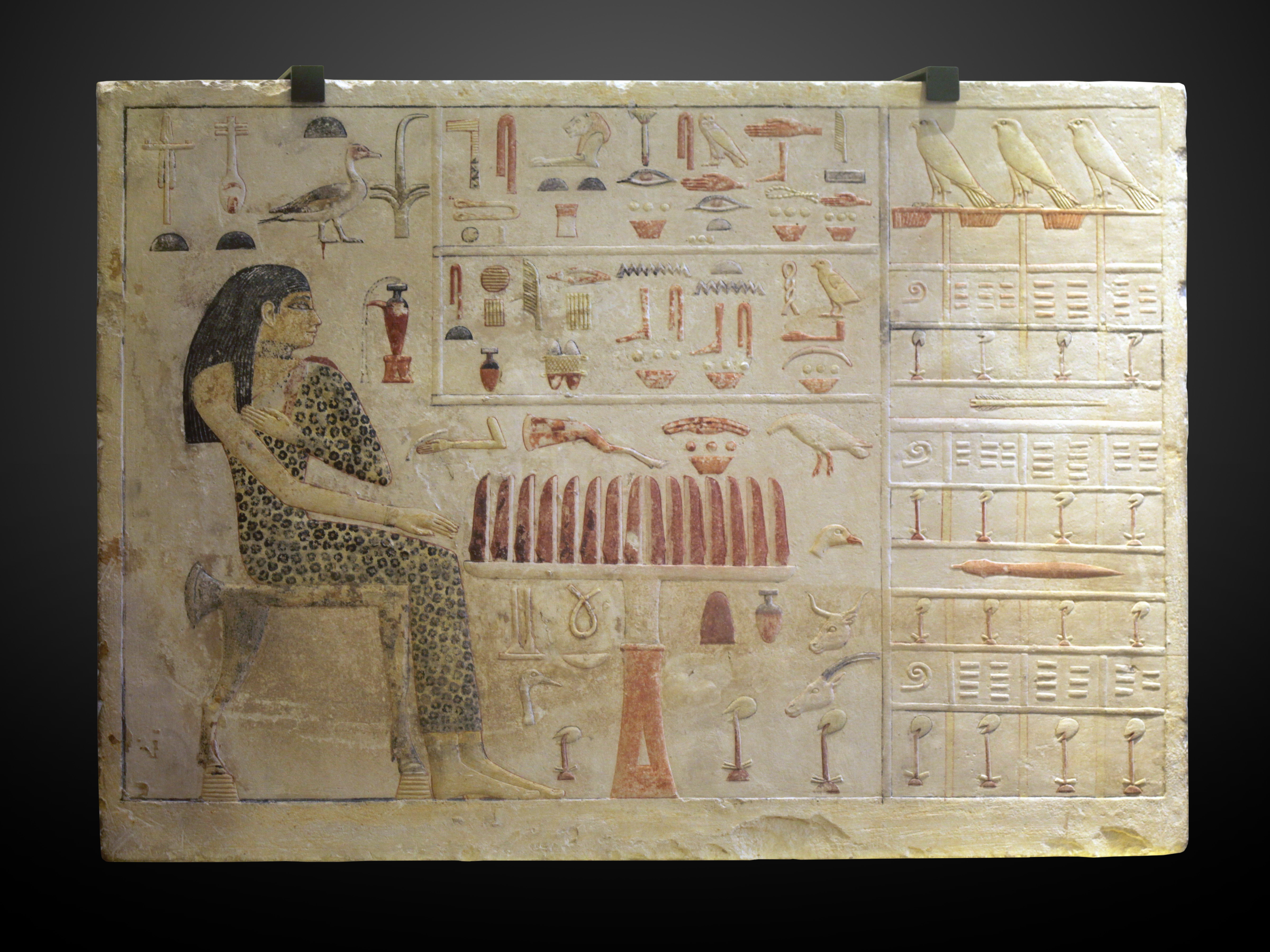|
Egyptian Mathematics
Ancient Egyptian mathematics is the mathematics that was developed and used in Ancient Egypt 3000 to c. , from the Old Kingdom of Egypt until roughly the beginning of Hellenistic Egypt. The ancient Egyptians utilized a numeral system for counting and solving written mathematical problems, often involving multiplication and fractions. Evidence for Egyptian mathematics is limited to a scarce amount of surviving sources written on papyrus. From these texts it is known that ancient Egyptians understood concepts of geometry, such as determining the surface area and volume of three-dimensional shapes useful for architectural engineering, and algebra, such as the false position method and quadratic equations. Overview Written evidence of the use of mathematics dates back to at least 3200 BC with the ivory labels found in Tomb U-j at Abydos. These labels appear to have been used as tags for grave goods and some are inscribed with numbers. Further evidence of the use of the base 1 ... [...More Info...] [...Related Items...] OR: [Wikipedia] [Google] [Baidu] |
Rhind Mathematical Papyrus
The Rhind Mathematical Papyrus (RMP; also designated as papyrus British Museum 10057, pBM 10058, and Brooklyn Museum 37.1784Ea-b) is one of the best known examples of ancient Egyptian mathematics. It is one of two well-known mathematical papyri, along with the Moscow Mathematical Papyrus. The Rhind Papyrus is the larger, but younger, of the two. In the papyrus' opening paragraphs Ahmes presents the papyrus as giving "Accurate reckoning for inquiring into things, and the knowledge of all things, mysteries ... all secrets". He continues: This book was copied in regnal year 33, month 4 of Season of the Inundation, Akhet, under the majesty of the King of Upper and Lower Egypt, Awserre, given life, from an ancient copy made in the time of the King of Upper and Lower Egypt Nimaatre. The scribe Ahmose writes this copy. Several books and articles about the Rhind Mathematical Papyrus have been published, and a handful of these stand out. ''The Rhind Papyrus'' was published in 192 ... [...More Info...] [...Related Items...] OR: [Wikipedia] [Google] [Baidu] |

